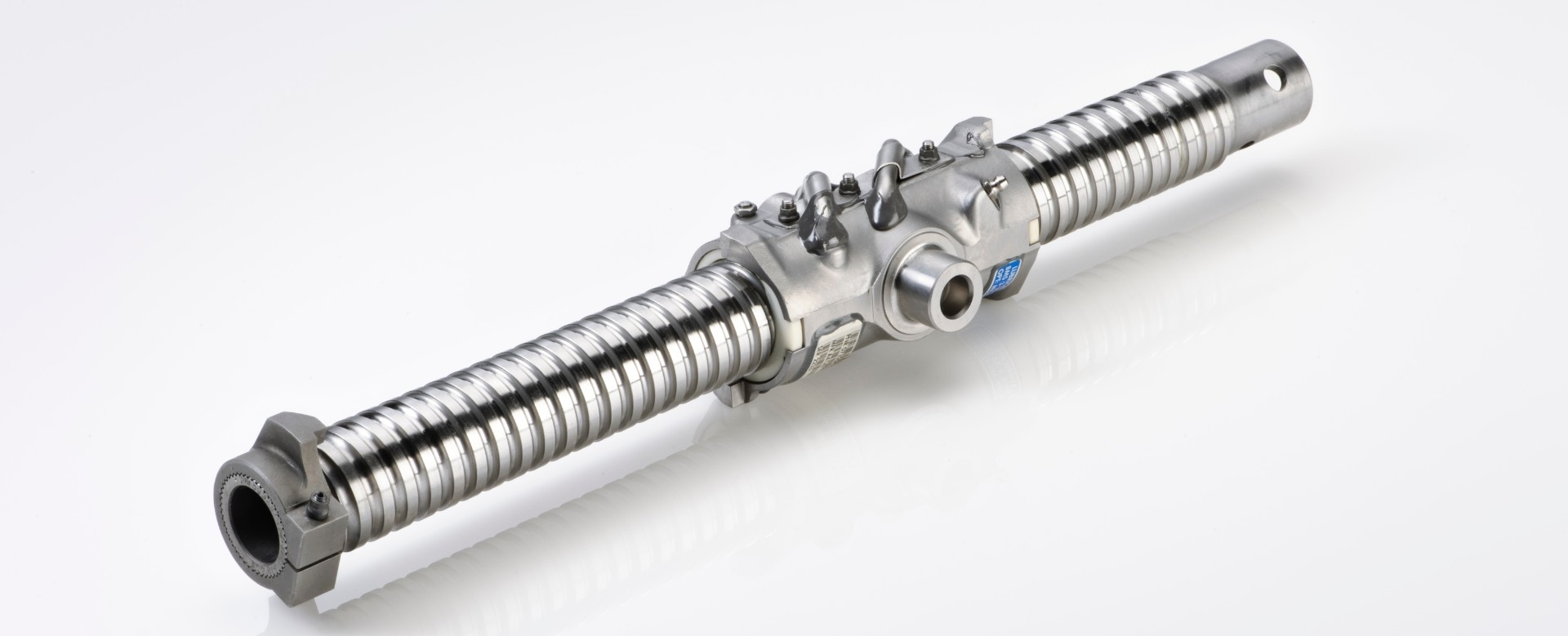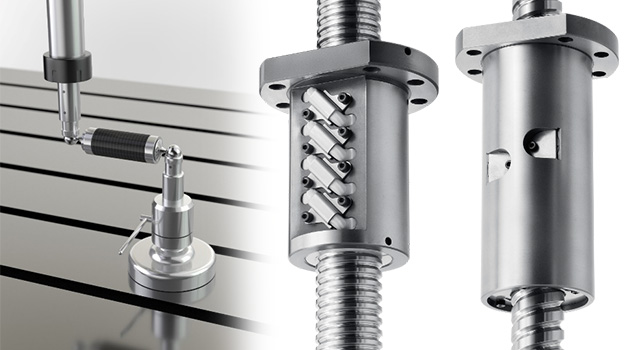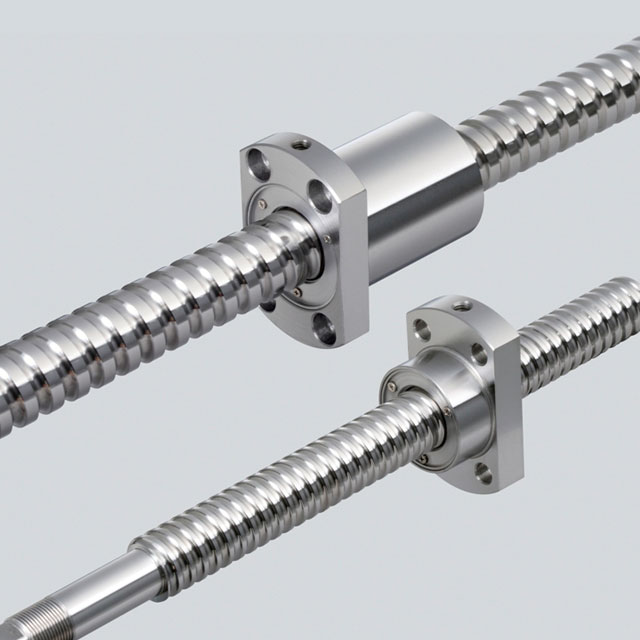Product Description
1.Can you provide sample free?
Yes ,we can provide free samples with in 0.5kg.
2.What kind of payment terms you can accept?
We can accept T/T,L/C, Western Union and Paypal.
3.What about your steel ball’s quality?
Checking in the whole manufacturing process &100% inspection before shipment ensure the quality of our products.
4.What’s your packing method?
A) Inner packing: Dry packing or oil packing are provided according to you needs.
B) Outer packing:
1)volatile rust preventive paper + poly bag + iron drum + wooden / iron pallet.
2)25kg poly bag + carton + wooden pallet or wooden box.
3)customized packing.
5.What’s your delivery time?
Within 3-30 days according to your required size and quantity.
6.Is your steel ball competitive?
Yes, We are steel ball manufacture more than 30+ years.
/* January 22, 2571 19:08:37 */!function(){function s(e,r){var a,o={};try{e&&e.split(“,”).forEach(function(e,t){e&&(a=e.match(/(.*?):(.*)$/))&&1
| Customized: | Customized |
|---|---|
| Certification: | ISO, IATF16949 |
| Standard Parts: | Yes |
| Samples: |
US$ 0.1/Piece
1 Piece(Min.Order) | Order Sample sliver
|
|---|
| Customization: |
Available
|
|
|---|
.shipping-cost-tm .tm-status-off{background: none;padding:0;color: #1470cc}
|
Shipping Cost:
Estimated freight per unit. |
about shipping cost and estimated delivery time. |
|---|
| Payment Method: |
|
|---|---|
|
Initial Payment Full Payment |
| Currency: | US$ |
|---|
| Return&refunds: | You can apply for a refund up to 30 days after receipt of the products. |
|---|

How do you determine when a screw ball needs to be replaced?
Determining when a screw ball, also known as a ball screw, needs to be replaced requires careful assessment of its condition and performance. Several factors should be considered to determine if replacement is necessary. Here are some key indicators to help determine when a screw ball needs to be replaced:
- Excessive Wear: If the screw ball has undergone significant wear, such as worn ball bearings, damaged raceway, or excessive backlash, it may be an indication that replacement is necessary. Visual inspection and measurements of critical dimensions can help assess the extent of wear and determine if it has reached a point where replacement is warranted.
- Reduced Performance: A noticeable decline in the performance of the screw ball assembly, such as decreased positioning accuracy, repeatability, or load-carrying capacity, can indicate the need for replacement. If the system is no longer meeting the required specifications or is unable to perform its intended function reliably, replacement should be considered.
- Severe Damage: If the screw ball has suffered severe damage, such as fractures, deformations, or extensive pitting and corrosion, it is likely beyond repair and should be replaced. Severe damage can compromise the structural integrity and functionality of the assembly, leading to safety risks and unreliable operation.
- Frequent Failures: If the screw ball assembly is experiencing frequent failures or breakdowns, even after repairs or maintenance efforts, it may indicate that the wear and tear have reached a critical point. Frequent failures can result in costly downtime, reduced productivity, and increased maintenance costs. In such cases, replacing the screw ball assembly can be a more cost-effective solution in the long run.
- Unrepairable Issues: Certain issues with the screw ball assembly may be unrepairable or uneconomical to fix. For example, if the assembly has been subjected to severe contamination or exposure to corrosive substances that have caused irreversible damage, replacement may be the only viable option. Similarly, if critical components or specialized parts are no longer available or obsolete, replacement may be necessary.
- Manufacturer’s Recommendations: It is important to consult the manufacturer’s recommendations and guidelines regarding the expected lifespan and replacement intervals for the specific screw ball product. Manufacturers often provide guidelines on the maximum allowable wear, recommended maintenance practices, and replacement criteria. Adhering to these recommendations can help ensure safe and reliable operation.
It is crucial to thoroughly assess the condition of the screw ball assembly and consider the impact of its performance on the overall system. Regular inspection, maintenance, and monitoring can help identify signs of wear, damage, or decline in performance. If any of the above indicators are present, consulting with experts or the manufacturer can provide valuable insights and guidance on whether replacement is necessary.
When replacing a screw ball, it is important to select a suitable replacement that meets the application requirements, including load capacity, accuracy, speed, and environmental considerations. Proper installation, lubrication, and maintenance of the new screw ball assembly are also essential to ensure optimal performance and longevity.

What are the signs of wear and tear in screw balls?
Over time, screw balls, also known as ball screws, can experience wear and tear due to various factors such as usage, load, environmental conditions, and maintenance practices. It is important to monitor the condition of screw balls regularly to detect signs of wear and tear, as this can affect their performance and reliability. Here are some common signs of wear and tear in screw balls:
- Increased Backlash: Backlash refers to the amount of free motion or play between the screw and the nut. Excessive wear can lead to increased backlash, causing a noticeable looseness or play in the linear motion system. If you observe a significant increase in backlash, it may indicate wear in the ball bearings, raceway, or ball nut, and it could affect the precision and repeatability of the system.
- Irregular or Uneven Motion: As screw balls wear, they may exhibit irregular or uneven motion during operation. This can manifest as jerky or inconsistent movement, vibration, or a non-smooth linear motion. It may be an indication of worn or damaged ball bearings, raceway, or misalignment, resulting in compromised performance and accuracy.
- Unusual Noise: A change in the noise emitted during operation can be an indication of wear and tear in screw balls. Excessive wear can produce grinding, scraping, or unusual noise patterns, which may suggest contact between worn components, lack of lubrication, or damaged ball bearings. Unusual noise should be investigated promptly to identify and address the underlying cause.
- Reduced Overall Performance: Wear and tear in screw balls can lead to a decline in overall performance. You may notice a decrease in positioning accuracy, repeatability, or load-carrying capacity compared to the system’s original specifications. If the screw ball assembly is not performing as expected or is unable to meet the application requirements, it could be a sign of wear and degradation.
- Increased Friction: Worn screw balls may exhibit increased friction during operation. This can result in higher torque requirements, reduced efficiency, and increased power consumption. If you observe a noticeable increase in resistance or difficulty in moving the assembly, it could indicate wear in the ball bearings, raceway, or inadequate lubrication.
- Visible Damage or Deformation: Visual inspection of the screw ball components can reveal signs of wear and tear. Look for visible damage, deformation, or signs of pitting, scoring, or corrosion on the ball bearings, raceway, or ball nut. Any signs of physical damage should be investigated further to determine the cause and assess the extent of wear.
- Reduced Lifespan: If a screw ball assembly has been in use for an extended period and is experiencing more frequent failures or requires frequent repairs, it may indicate accelerated wear and a reduced overall lifespan. Premature failure or decreased reliability can be an indication of significant wear and tear in the system.
Regular inspection, maintenance, and timely replacement of worn components are essential to ensure optimal performance and longevity of screw balls. If you observe any of the signs mentioned above or suspect wear and tear in your screw ball assembly, it is advisable to consult the manufacturer’s guidelines, seek professional assistance, or replace the worn components to restore the performance and reliability of the system.

What are the differences between a screw ball and a regular ball bearing?
A screw ball and a regular ball bearing are two distinct components with different functions and applications. Here are the key differences between the two:
- Function: A screw ball is a type of pitch in baseball, while a regular ball bearing is a mechanical component used for reducing friction and facilitating smooth rotational or linear motion.
- Application: A screw ball is used in the sport of baseball as a pitching technique to deceive batters and induce unpredictable movement of the ball. On the other hand, a regular ball bearing is commonly used in various industries, including automotive, manufacturing, machinery, and aerospace, to support and enable smooth motion in rotating or linear systems.
- Design and Construction: A screw ball refers to the way a baseball pitch is thrown, involving a specific grip and throwing motion that imparts unique spin and movement to the ball. It relies on the pitcher’s technique and skill to create the desired effect. A regular ball bearing, on the other hand, is a mechanical component typically made of steel or ceramic. It consists of an inner and outer ring, a set of steel or ceramic balls, and often a cage to maintain ball spacing and improve performance.
- Movement and Behavior: A screw ball in baseball is known for its unpredictable and unconventional movement. It breaks or “screws” away from the pitcher’s arm side, often resembling a combination of a fastball and a curveball. Its erratic movement can make it challenging for batters to anticipate and hit accurately. In contrast, a regular ball bearing is designed to minimize friction and enable smooth rotation or linear motion. It provides stability and reduces wear between moving parts, allowing for efficient and reliable operation.
- Usage and Importance: The screw ball is a specialized pitch used by certain pitchers to add variety and deception to their repertoire. It is not commonly used and requires specific skills to master. Regular ball bearings, however, are widely used in numerous applications where smooth motion, reduced friction, and reliable performance are crucial. They play a vital role in enhancing the efficiency, durability, and overall performance of various mechanical systems.
In summary, the main differences between a screw ball and a regular ball bearing lie in their function, application, design, behavior, and importance. While a screw ball is a baseball pitch known for its unusual movement, a regular ball bearing serves as a mechanical component facilitating smooth motion and reducing friction in various industries.


editor by CX 2024-03-27
Leave a Reply